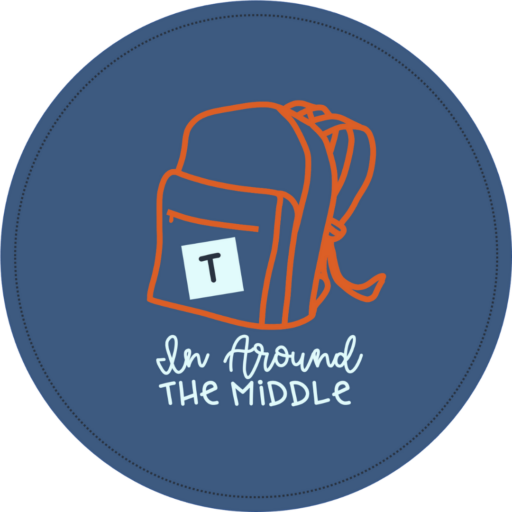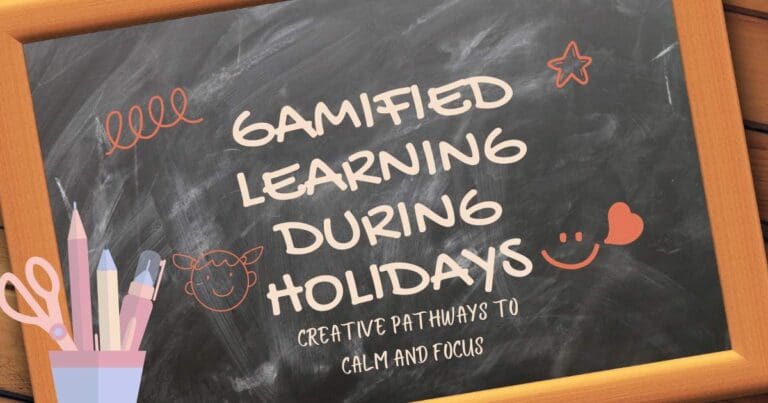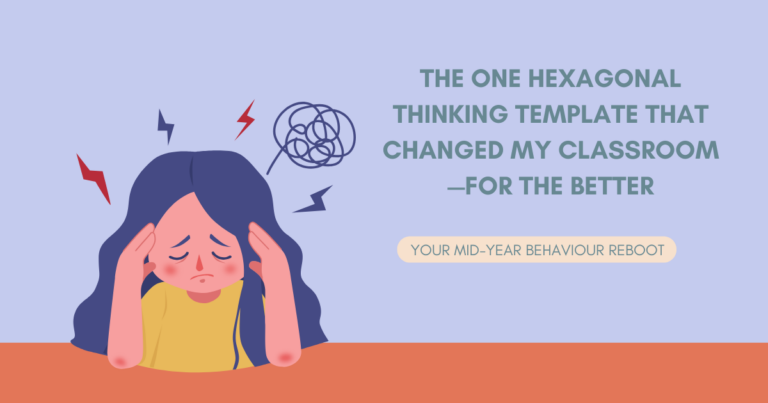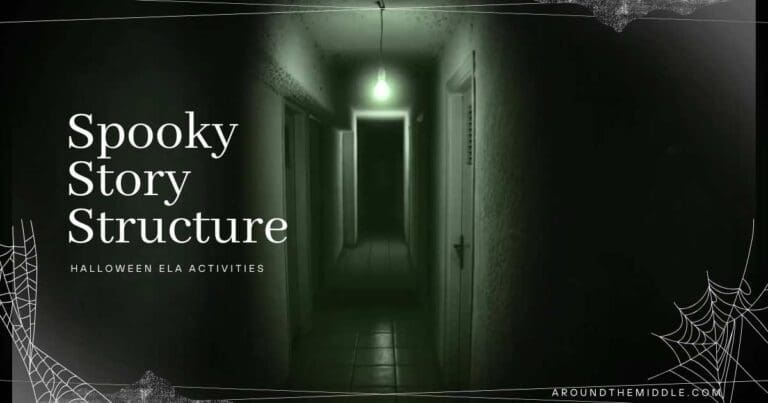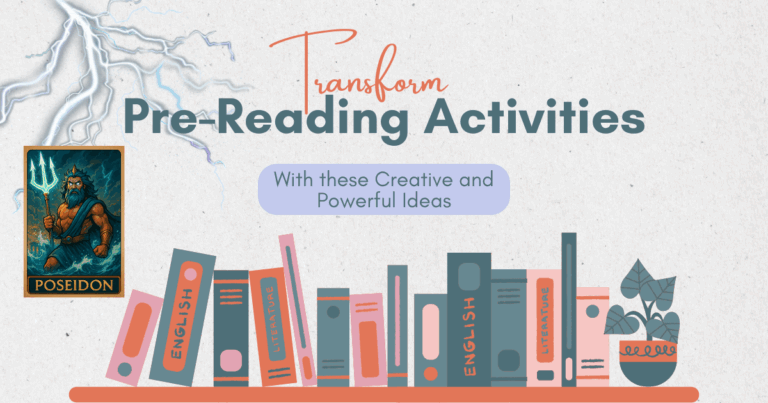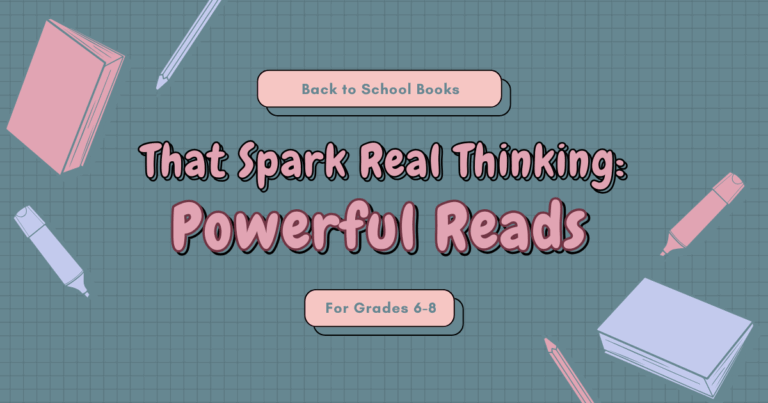Irresistibly Creative Character Analysis Activities Your Students Will Love
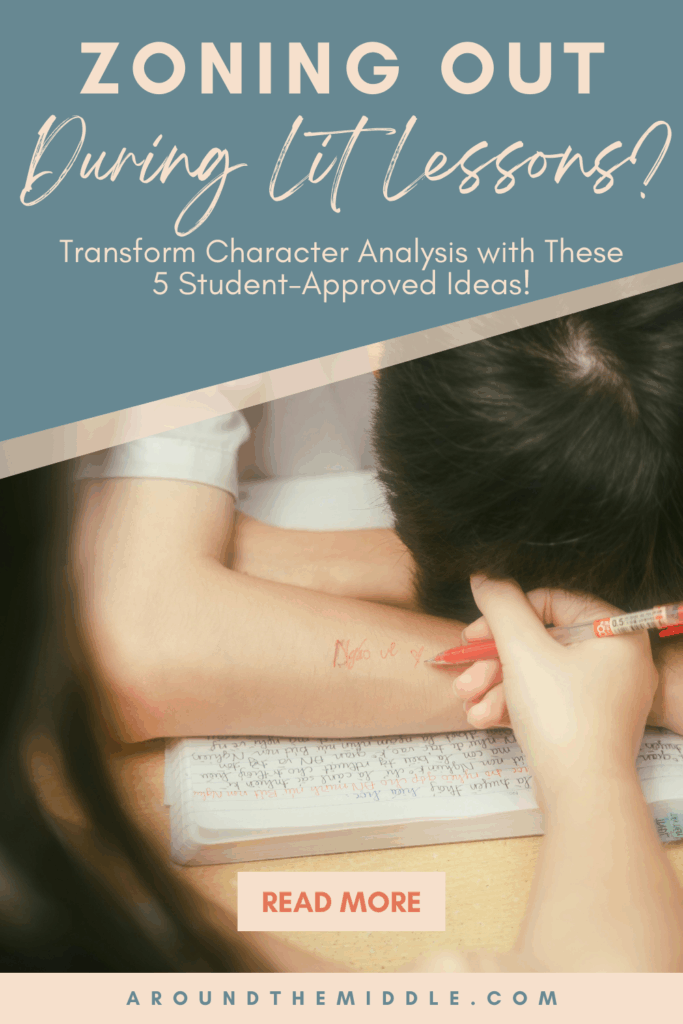
Let’s be honest — character analysis activities can sometimes feel like a chore. We’ve all seen those worksheets where students list traits like “brave” or “kind” and call it a day. But we know our students are capable of so much more.
If you’re looking to breathe new life into character analysis, here are five engaging strategies that go beyond the basics and tap into your students’ creativity and critical thinking skills.
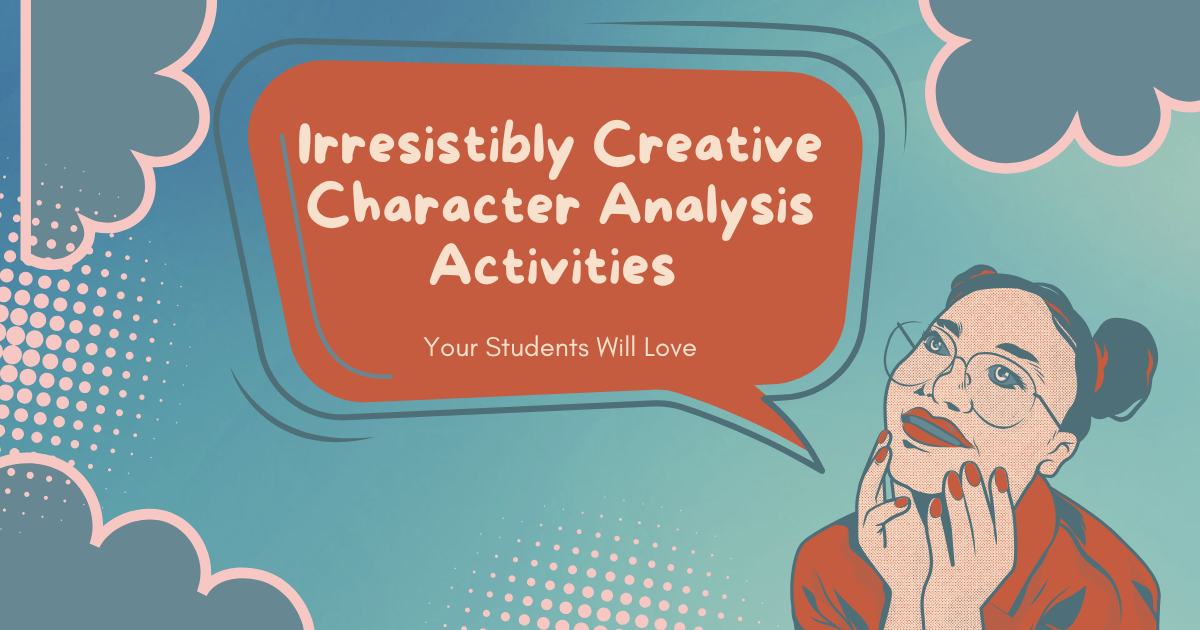
1. Action Figure Box Character Analysis Activity
What if your students could turn their favourite novel characters into action figures? This character analysis activity has them designing a toy box—complete with a bold character name, accessories, a snappy tagline, and “special powers” based on personality traits or symbolic items.
Here’s the twist: Use AI to create an example ahead of time (grab a free AI prompt pack here). It makes a fantastic visual hook to get students excited. Think: a slick image of Jonas from The Giver with “Memory Receiver Goggles” and a glowing “Emotion Transfer” feature.
Why this character analysis activity works:
- Students have to think beyond surface traits—they’re analyzing symbolism, key events, and character development.
- You’re connecting visual design with deeper comprehension.
- It’s highly adaptable for any text or grade level.
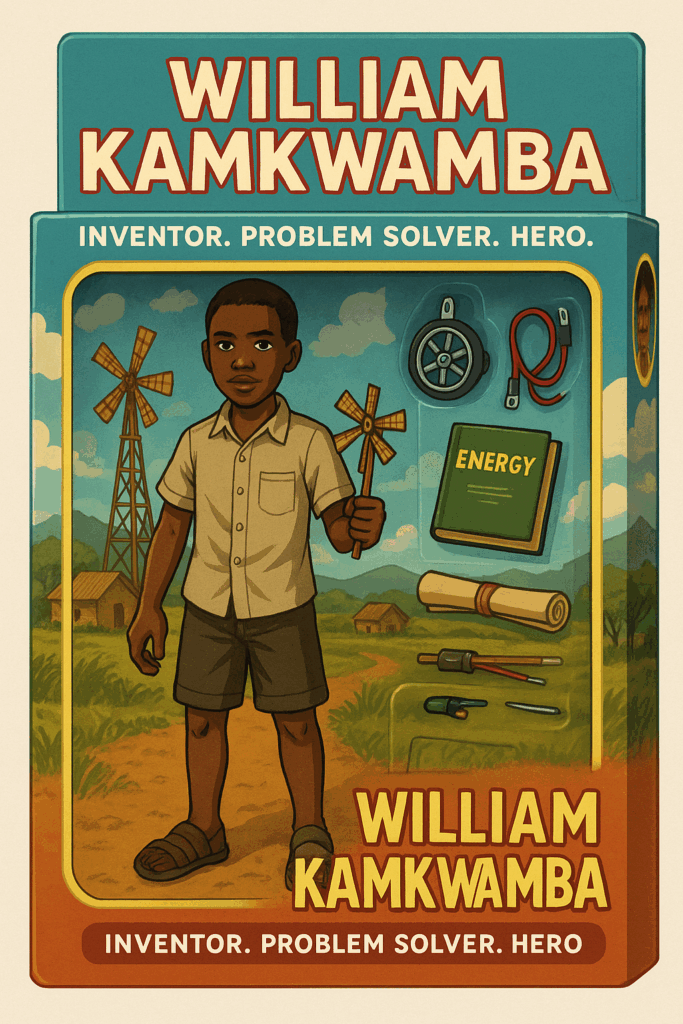
Note: Most AI image generators require users to be 13+ or 18+, so students create their boxes by hand, sketching out their own designs—paper, scissors, glue, the works! (And hey, it’s a welcome screen break.)
Extension ideas:
- Write a toy commercial script or record a short video pitch.
- Create a “collector’s catalog” with multiple characters from the same novel.
2. AI-Generated Character Cards
AI can be a powerful tool to bring character analysis activities to life—but with a teacher-guided touch. Create an AI-generated character card as a model to kick off a lesson. Use descriptive text or quotes from the book, and let the AI spit out a visual interpretation.
Why it works:
- A teacher-created AI card makes a strong lesson hook—especially for visual learners.
- It shows how precise description leads to visual meaning, reinforcing the importance of inference and detail.
- It’s a bridge between textual analysis and visual comprehension.
Student version: Since most AI tools aren’t age-appropriate for students to use independently, they create their own character cards by hand. Include boxes for:
- Physical appearance
- Key quotes
- Internal traits
- Symbols or “signature items”
- Mood colors or emojis that represent the character’s personality
Extension ideas:
- Turn the cards into a class deck and use them in small group discussions.
- Pair quotes or plot moments with the character cards in a matching game.
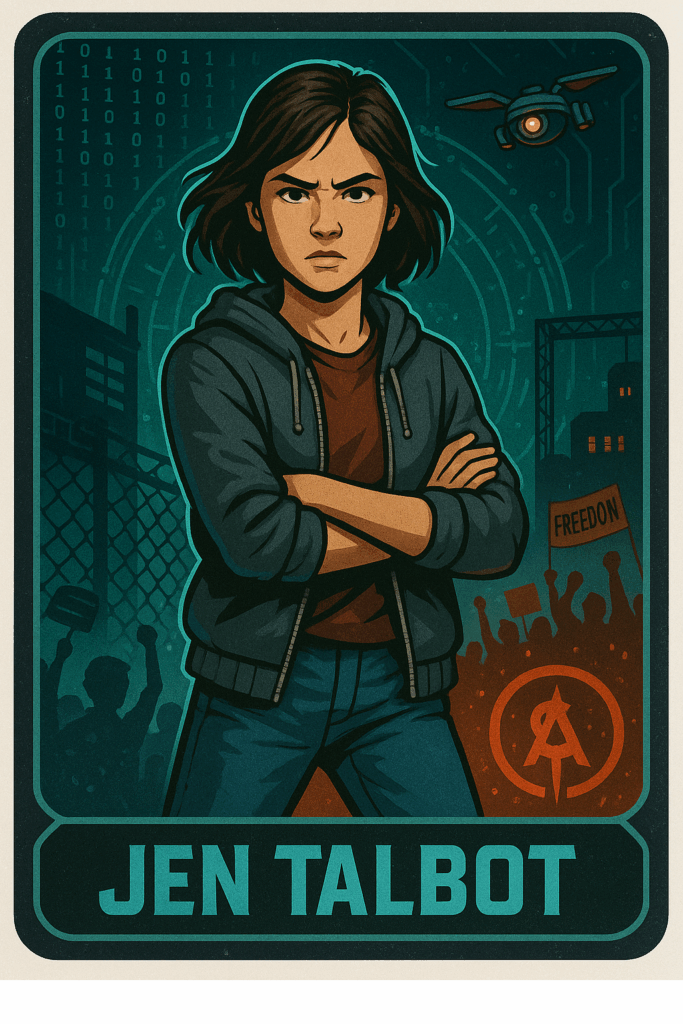
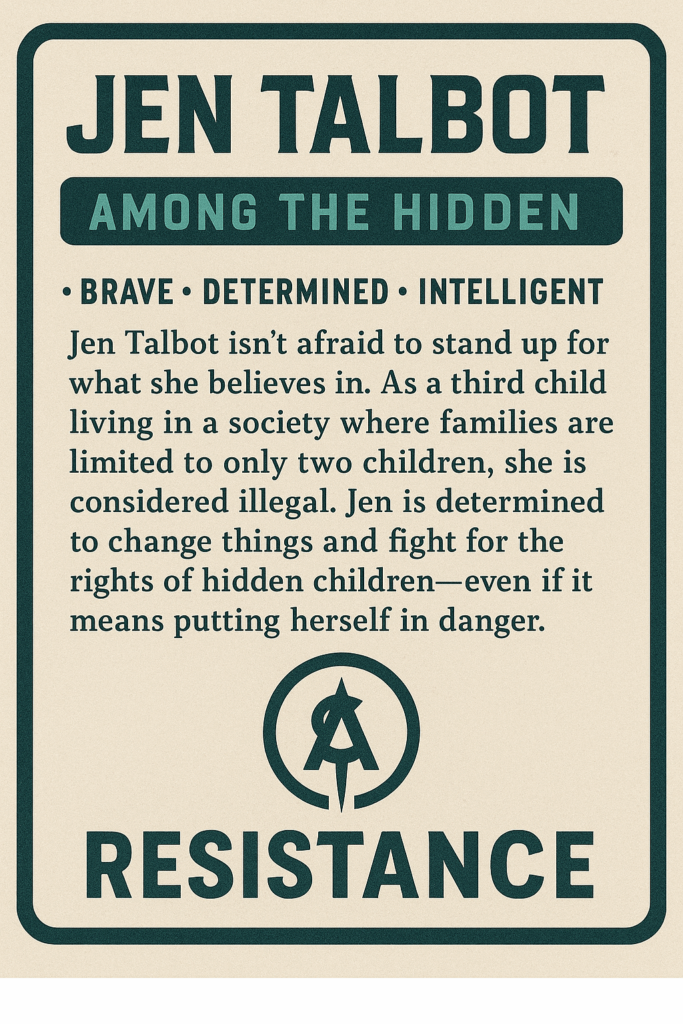
3. Hexagonal Thinking for Character Connections
Hexagonal thinking is a strategy that helps students make connections between ideas, themes, and characters by arranging hexagon-shaped cards. Each hexagon contains a concept, and students physically connect them to show relationships. I’ve written a blog post on how to create your own here.
Why it works:
- Promotes critical thinking and discussion.
- Encourages students to justify their reasoning.
- Provides a visual representation of complex connections.
Guiding questions:
- How do this character’s actions influence the plot?
- What motivates this character, and how does it affect their decisions?
- How does this character relate to the central theme of the story?
Categories to include on hexagons:
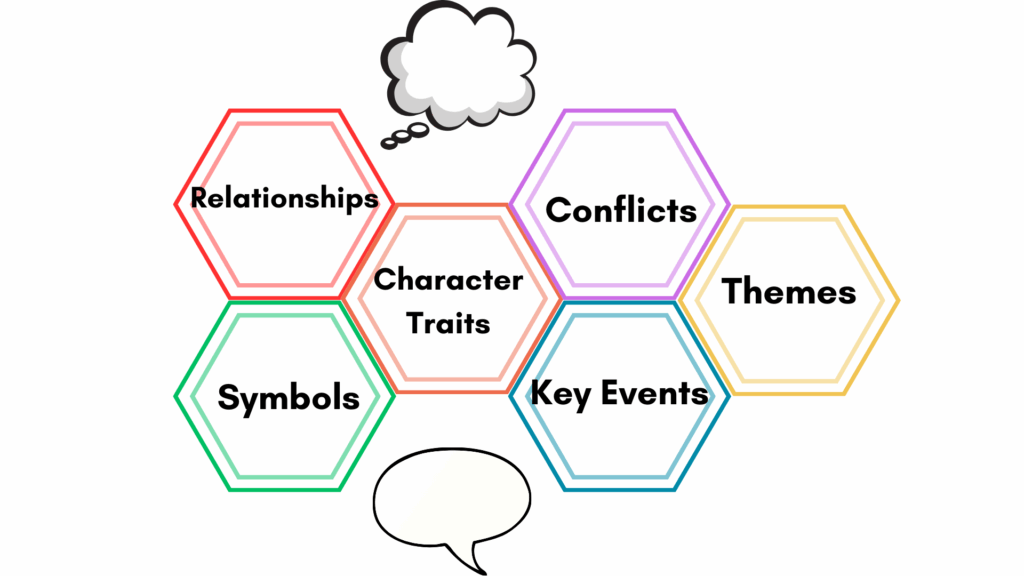
- Character traits
- Key events
- Themes
- Symbols
- Relationships
- Conflicts
Extension ideas:
- Incorporate debates where students defend their hexagon arrangements.
- Use color-coded hexagons to track character evolution over time.
4. Character Analysis – Role Swap Interviews
Students write and perform interviews where they “swap roles” with a character. Peers ask questions, and the student must answer in-character. This could even be about real-world contexts or taking sides in novel-specific debatable statements.
Why it works:
- Emphasizes voice, motivation, and emotional depth.
- Builds empathy and narrative understanding.
- Improves oral expression and improvisation skills.
Extension ideas:
- Turn interviews into podcast-style recordings.
- Integrate with historical fiction to connect characters to real-world contexts.
5. Character Timeline Mapping
Students create a non-linear timeline of a character’s development, marking turning points, internal changes, and emotional highs and lows.
Why it works:
- Helps students differentiate between plot and character arc.
- Builds vocabulary for analyzing growth and regression.
- Visually organizes abstract character traits in relation to events.
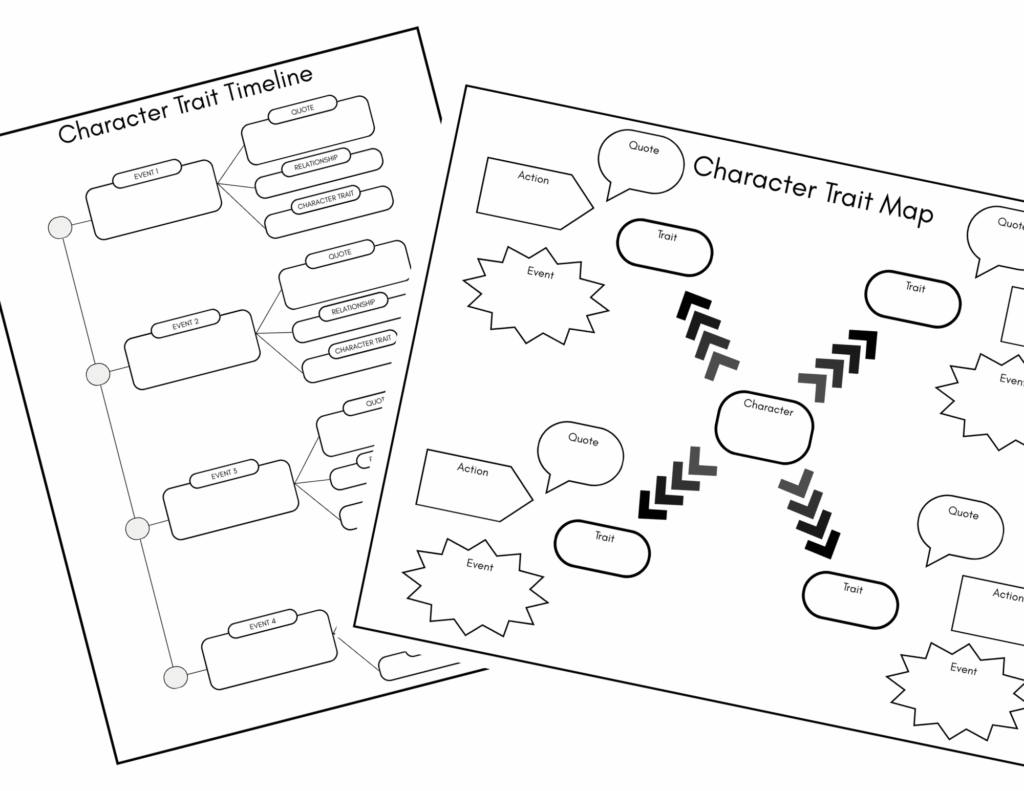
Extension ideas:
- Layer in theme analysis to explore how character development supports the story’s message.
- Compare two characters’ timelines side-by-side to analyze contrasting developments.
Summing it up
Moving beyond basic character analysis activities opens up a world of creativity and critical thinking for students. These strategies not only make learning more engaging but also deepen students’ understanding of literature.
Ready to try these activities in your classroom? Check out my Teachers Pay Teachers store for ready-to-use templates and guides, including:
- Novel Escape Room Comprehension Review
- Novel Specific Figurative Language Scavenger Hunts
- Hexagonal Thinking kits for any novel
- Novel Pre-Reading Activities
- Novel Studies Debatable Activities
I’d love to hear your favourite character analysis activities and strategies! Share them in the comments below. And don’t forget to download your free AI Prompt Guide by joining my email list.
Happy teaching
